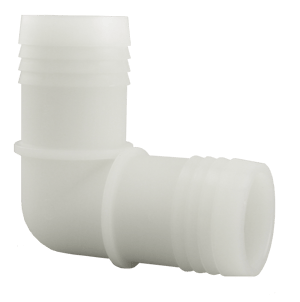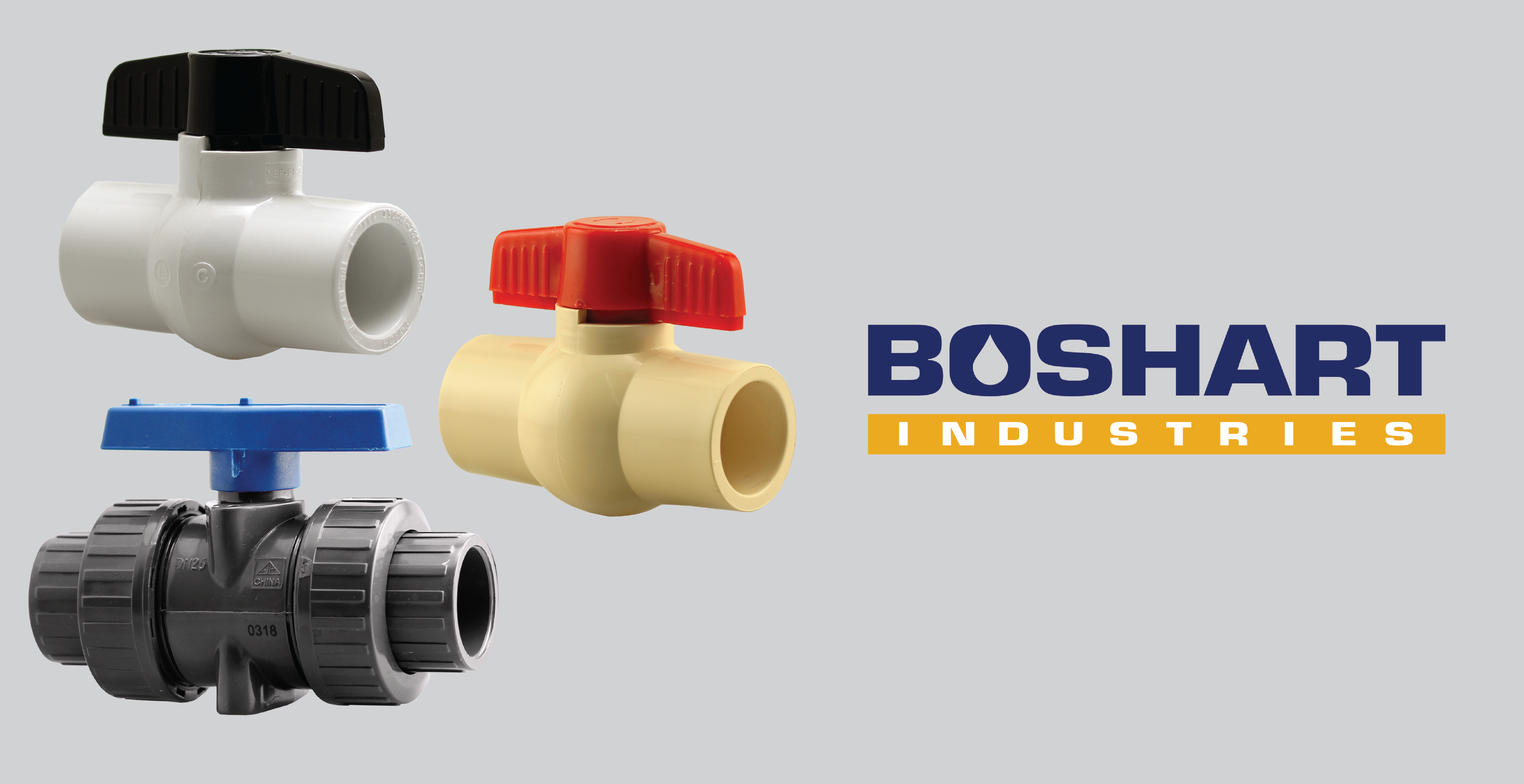Nylon vs Poly vs PVC... which one do you need? The choice seems simple, just pick one. But it actually is a bit more complicated than that. Each material has it's strengths and it's weaknesses. They have noticeable differences; Nylon is a natural colour, Poly is a light grey and PVC is a dark grey, but what about the non obvious differences?
In this blog, we will go over the pros and cons of each material and what applications each one is the most suitable for. This will make it easy for you when you next require a plastic fittings. Let's take a look.
Nylon
Strengths
Nylon is the toughest material between Nylon, Poly and PVC. Nylon is exceptional for water well and underground applications. It is extremely durable which makes it good for barns, livestock and watering systems. Nylon can handle the largest abuse of stretching and twisting.
Weaknesses
Nylon is not good for exposure to sunlight. Ultraviolet rays can cause nylon fittings to become extremely brittle and fail. There is also a very small number of chemicals that are good to be used with nylon fittings.
Poly (Polypropylene)
 Strengths
Strengths
Poly is the most economical of the three materials and it has really good chemical resistance. It is extremely popular in the pool and spa market. There are a handful of chemicals that can be used with poly fittings that cannot be used with PVC fittings.
Weaknesses
Poly is the least durable of the three materials and there are less items available in reducing fittings.
PVC (Polyvinyl Chloride)
Strengths
PVC has the widest range of fittings. It is most popular in irrigation applications since it is not affected by ultraviolet rays. It has great chemical resistance and there are some chemicals that PVC can handle that Poly cannot. It is a very tough material which is why it is used in irrigation systems where lines are not below the frost level.
Weaknesses
PVC has no noteworthy weaknesses like nylon or poly, but it is normally more expensive than poly fittings. Depending on the application you require an insert fitting for, PVC may be an over kill. Nylon and Poly could be a better fit for a certain application so ensure you do your research on what you require the fitting to handle before making the decision. In doing that you could save yourself some money.
Applications
In irrigation systems, all lines need to be blown out in the winter to prevent damage from freezing. It is almost impossible to remove 100% of the water from the pipes, so that means that some water will still be in the line after they are blown out. PVC fittings are best suited for this application since the expansion from the ice will be forced length wise in the pipe instead of expanding the diameter of the fitting. This ensures the pipe and gear clamps will maintain a strong seal.
Nylon may be a tough material but in this particular case, nylon fittings will stretch in diameter. If this stretching occurs, it could loosen the clamp, and since nylon has a size memory, it will return to it's original size which will ultimately cause a leaky connection.
As you can see above, each material has their notable strengths and weaknesses. Depending on the application you require the fittings for, that will determine which material is the best option. Keeping these pros and cons in your back pocket will help to guarantee you pick the correct material for your specific application.
Have further questions about this subject?

Head over to Boshart's Knowledge Base: technical product information, guidelines, and more.



.png)

.png)
SHARE